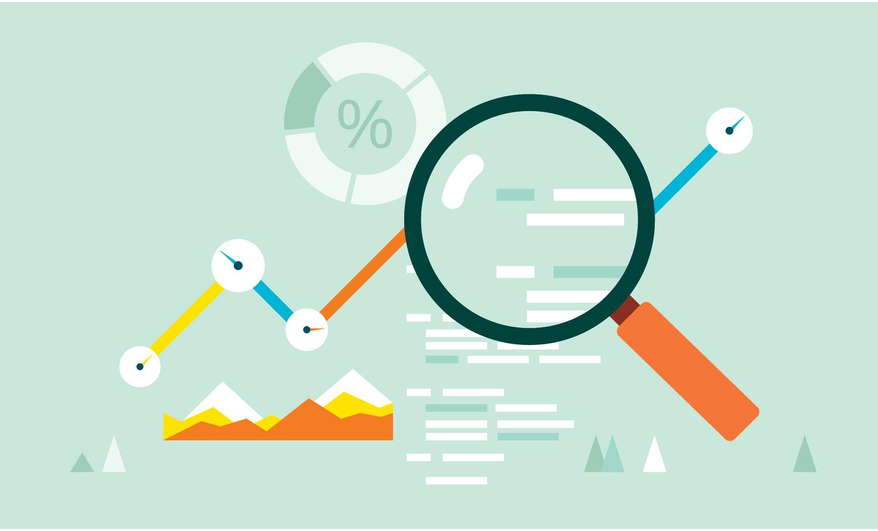
One of the hottest questions in Information Management now is how to deal with Big Data in all its applications: how to gather, store, secure, and – possibly most importantly – interpret what we collect. Organizations that are able to apply effective data analysis to massive amounts of data gain significant competitive advantages in their industries.
Organizations no longer question the value of gathering and storing such data but are far more heavily focused on methods to make sense of that all the valuable information that data represents. Although security and storage remain critical issues for IT departments, organizations are finding that their commitment to Big Data can’t stop there – they must be able to make sense of their data, to know what data is valid, relevant, and usable, as well as how to use it.
The more data an organization has, the more difficult it is to process, store, and analyze, but conversely, the more data the organization has, the more accurate its predictions can be. As well big data comes with big responsibility. Big data requires military-grade encryption keys to keep information safe and confidential.
This is where data science comes in. Many organizations, faced with the problem of being able to measure, filter, and analyze data, are turning to data science for solutions – hiring data scientists, people who are specialists in making sense out of a huge amount of data. Generally, this means making use of statistical models to create algorithms to sort, classify, and process data.
What is Data Science?
Data science has been a term in the computing field since around 1960 when it was first floated as a substitute for the term “computer science”. Over the next twenty years or so, it gradually came to mean that blend of statistics and methodology that specifically pertained to data analysis. However, it was not until the much more recent emergence of Big Data and its role in organizational development and direction, that data science began to be a fundamental requirement of any organization working out how to analyze such massive amounts of data.
Data science is interdisciplinary, incorporating elements of statistics, data mining, and predictive analysis, and focusing on processes and systems that extract knowledge and insights from data. It is also known as “analytics transformation” because the goal is to “transform” raw data into usable insights. It has also been called “industrial analytics” because the context is industrial rather than scientific – to analyze data for competitive or quality improvements that can be gained by having a better understanding of one’s customers, potential customers, service model, and almost any aspect of the organization that can be represented in bytes.


